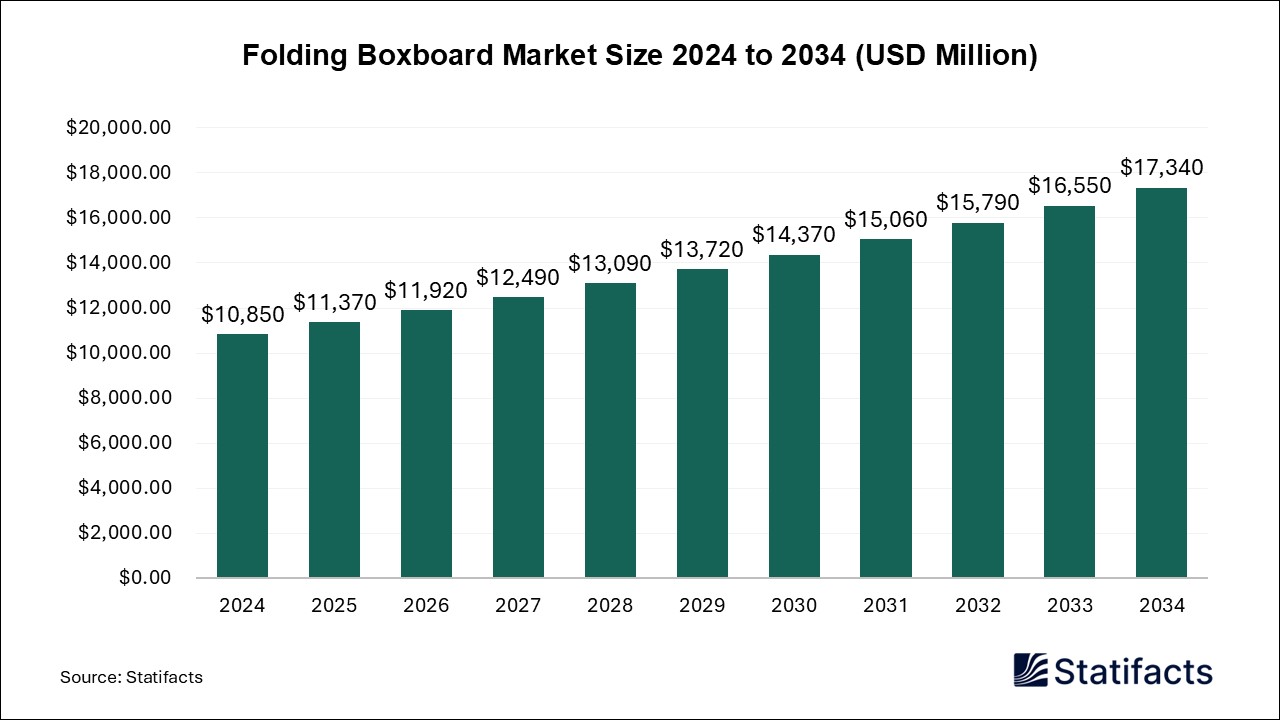
By clicking “Accept All Cookies” you agree to the storing of cookies on your device to enhance site navigation, analyze site usage, and assist in our marketing efforts.
Privacy PolicyThe Europe E-bike drive unit market size was calculated at USD 366.96 million in 2024 and is predicted to attain around USD 709.96 million by 2034, expanding at a CAGR of 6.82% from 2025 to 2034.
| Industry Worth | Details |
| Market Size in 2025 | USD 385.99 Million |
| Market Size by 2034 | USD 709.96 Million |
| Market Growth Rate from 2025 to 2034 | CAGR of 6.82% |
An electric drive unit is an electronic apparatus programmed to use certain mechanical motors to transform electrical energy into mechanical output for driving the bike forward. It contains standard electronic systems or blends of numerous motion control systems. The advancement and acceptance of more powerful, higher-wattage, and efficient motors is a trend with most producers. These powerful electric motors offer additional benefits, like more torque and power for scaling steep terrains. Moreover, they also offer faster acceleration, advancing city commuters for long-distance rides.
Increasing infrastructure and regulation
Numerous cities do not have appropriate charging stations and bike lanes for electric bikes, which creates it challenge for riders to use them safely and conveniently. Moreover, rules associated with the usage of electric bikes differ among regions, leading to confusion and inconsistency. The lack of infrastructure and regulations for funding is restricting market expansion.
Government incentives and support
Governments all over the world are uplifting the acceptance of electric vehicles, including e-bikes, via tax breaks, subsidies, and other incentives. This has remarkably lowered the barriers to entry for users focusing on purchasing an e-bike, further leading to the expansion of the market.
The hub motors segment is anticipated to expand rapidly in the Europe e-bike drive unit market in 2024. The hub motors usually demand less maintenance than other motor types. It also reduces ownership expenses and enhances the experience. Another factor growing its requirement is its silent and smooth operations.
The mid-drive motors segment is anticipated to demonstrate steady upward momentum during the forecast period. The mid-drive motors are located near the pedals. This position permits them to capture with the drivetrain directly, providing a natural and responsive riding experience than hub motors on wheels.
The OEMs segment is positioned to show promising growth in the coming year. Riding an e-bike in Europe is great due to its increasing popularity and extensive acceptance. The EU has established numerous regulations governing e-bike utilization, such as helmet requirements, speed limits, insurance, and road rules. E-bikes are an eco-friendly and sustainable option for cars for transportation. Moreover, one has to be acknowledged of the e-bike law for multiple reasons, which include promising total compliance and safety.
The aftermarket segment saw its presence grow substantially in the forecast period. This growth is driven by numerous factors, beyond the shift towards electric vehicles, the growth of developed driver-assistance systems, and the growing popularity of e-commerce and various shared mobility services. Further, the aftermarket is helpful from regulatory changes targeted at improving safety and environmental standards.
Published by Ajit Bansod
| Subsegment | 2024 | 2025 | 2026 | 2027 | 2028 | 2029 | 2030 | 2031 | 2032 | 2033 | 2034 |
|---|---|---|---|---|---|---|---|---|---|---|---|
| Mid-Drive Motors | - | - | - | - | - | - | - | - | - | - | - |
| Hub Motors | - | - | - | - | - | - | - | - | - | - | - |
| Subsegment | 2024 | 2025 | 2026 | 2027 | 2028 | 2029 | 2030 | 2031 | 2032 | 2033 | 2034 |
|---|---|---|---|---|---|---|---|---|---|---|---|
| OEMs | - | - | - | - | - | - | - | - | - | - | - |
| Aftermarket | - | - | - | - | - | - | - | - | - | - | - |
To get full access to our Market Insights, you need a Professional Account or a Business Suite.

You will receive an email from our Business Development Manager. Please be sure to check your SPAM/JUNK folder too.

You will receive an email from our Business Development Manager. Please be sure to check your SPAM/JUNK folder too.

Our customers work more efficiently and benefit from


